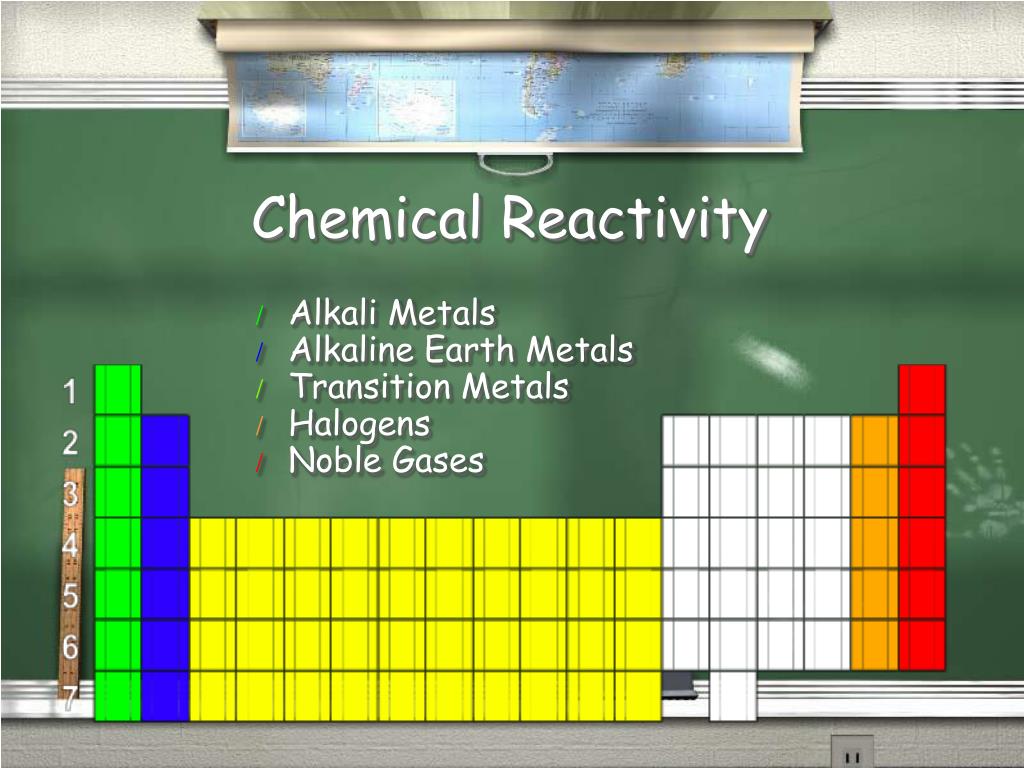
/alkalineearth-56a12cd75f9b58b7d0bcca7e.png)
Their results give a new insight into gypsum nucleation and growth, which could potentially be used to understand its formation in nature in the future. Time-resolved measurements allowed them to follow the growth in real time. Using Small and Wide Angle X-ray Scattering (SAXS and WAXS), they were able to show that gypsum forms in a four-stage process, beginning with the formation of well-defined calcium sulfate nanobricks, which self-assemble to form a crystalline structure. Researchers used the Small Angle Scattering and Diffraction beamline (I22) to follow the formation of gypsum in situ for the first time. Gypsum is one of the most common minerals on Earth, but we don't fully understand how it forms from ions in solution. Gypsum is one of three crystalline phases of calcium sulfate, alongside bassanite and anhydrite. This was the first time that UK schools were able to prepare and run samples at Diamond, and Project M was awarded the Royal Society of Chemistry Inspiration & Industry Award for 2018. The Diamond team analysed all of the samples in 24 hours, on the I11 beamline, to produce a giant set of results. Being able to create different types easily could be incredibly important for manufacturing.Įach participating school made ten samples using specially selected additives.


The project aimed to increase our understanding of calcium carbonate and how different additives affect the different form of calcium carbonate produced. The initiative allowed 14-18-year-olds to contribute to cutting-edge research, take part in genuine experiments and publish their results in a scientific peer-reviewed journal. Project M was an innovative ''citizen science'' project, involving pupils from 100 schools and launched by well-known scientist Professor Alice Roberts. Read more here.Ĭalcium carbonate has three main forms or ''polymorphs'': vaterite, calcite and aragonite. These results are of particular significance to the mechanical properties of single crystal biominerals and open up the possibility of using the same strategy to tailor the mechanical properties of a wide range of materials. Researchers are particularly interested in how organisms generate materials with strength and toughness from weak, brittle minerals such as calcium carbonate and calcium phosphate.Īn investigation using the High Resolution Powder Diffraction beamline ( I11) provided new insights into the mechanical properties of inorganic/organic nanocomposites and determined the origin of the hardening effects of small organic molecules within single crystals. Biominerals exhibit features such as complex morphologies, hierarchical structures and properties optimised for their roles that make them a unique inspiration for materials design. Materials such as seashells, teeth and bones often have remarkable physical properties that are far better than those of equivalent artificially produced substances.


 0 kommentar(er)
0 kommentar(er)
